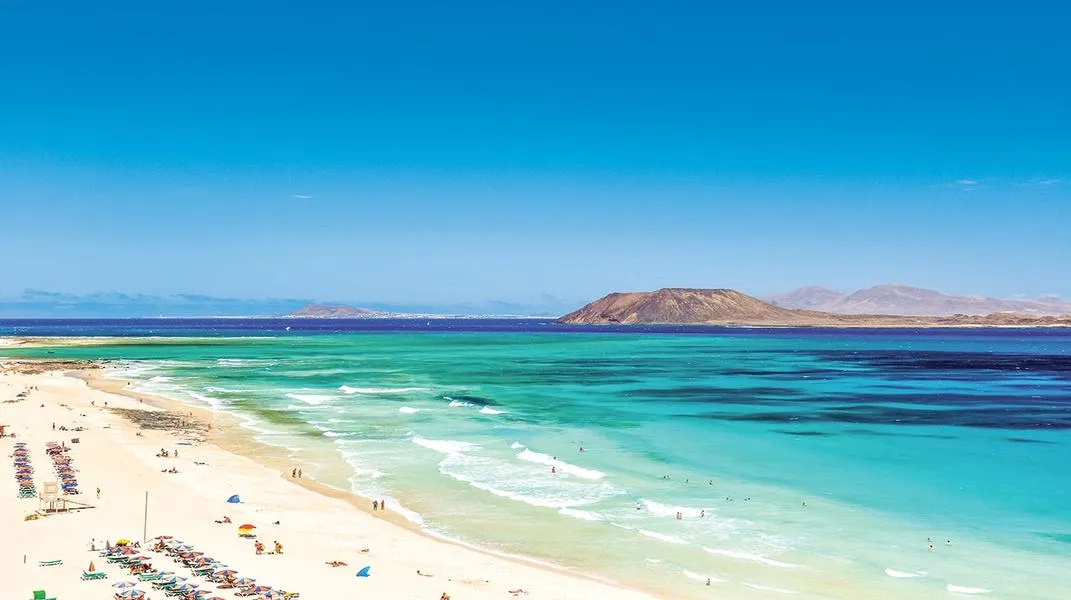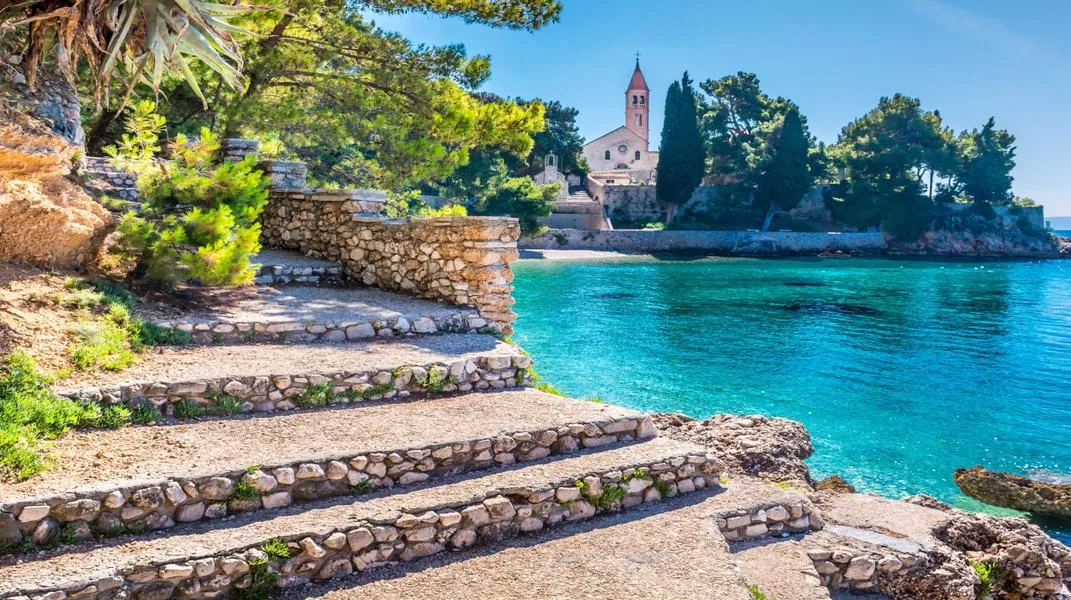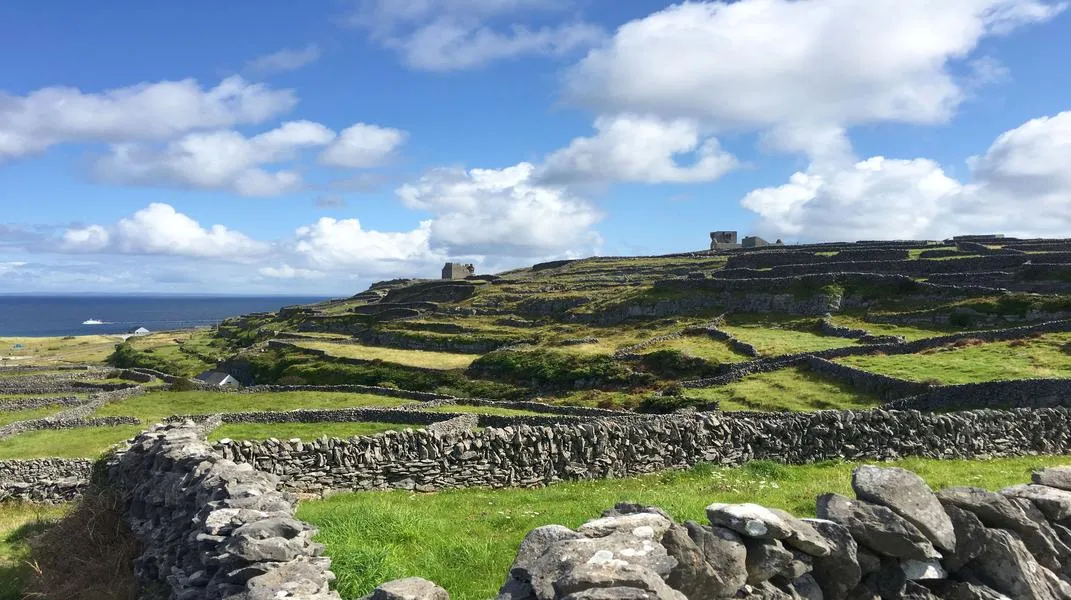Exploring the Enchantment of the Canary Islands: A Comprehensive Guide for Your Visit
The Canary Islands, an archipelago located off the northwest coast of Africa, are a paradise of sun, sea, and stunning landscapes. Comprising seven main islands—Tenerife, Gran Canaria, Lanzarote, Fuerteventura, La Palma, La Gomera, and El Hierro—each offers a unique blend of natural beauty, rich culture, and diverse activities. From the volcanic terrains and lush forests to the golden beaches and vibrant cities, the Canary Islands are a must-visit destination for travelers seeking both adventure and relaxation.

Geography and Climate
The Canary Islands boast a subtropical climate characterized by mild temperatures year-round, making them an ideal destination regardless of the season. The islands experience two main seasons: a warm, dry summer from May to October, and a cooler, wetter winter from November to April. The geographical diversity, which ranges from volcanic mountains to sandy beaches, means that each island has its own microclimate.
Island Highlights
1. Tenerife: The largest of the islands, Tenerife is home to Mount Teide, Spain’s highest peak and a UNESCO World Heritage Site. Visitors can take a cable car up the mountain for breathtaking views or explore the unique flora and fauna of the Teide National Park.
2. Gran Canaria: Known for its diverse landscapes, Gran Canaria features lush green mountains, arid deserts, and stunning beaches. The capital, Las Palmas, offers a vibrant cultural scene and beautiful historical architecture, such as the 15th-century Cathedral of Santa Ana.
3. Lanzarote: Famous for its otherworldly volcanic landscapes, Lanzarote is home to Timanfaya National Park, where visitors can witness geothermal demonstrations. The island's unique architecture, influenced by artist César Manrique, is a highlight not to be missed.
4. Fuerteventura: Renowned for its white-sand beaches and crystal-clear waters, Fuerteventura is a haven for water sports enthusiasts, particularly windsurfing and kite surfing. The island's natural parks, such as Jandía and Corralejo, offer stunning landscapes and opportunities for hiking and exploration.
5. La Palma: Known as "La Isla Bonita" (The Beautiful Island), La Palma is famous for its lush greenery and stunning hiking trails. The island is a UNESCO Biosphere Reserve, and its observatories are among the best in the world for stargazing.
6. La Gomera: A hidden gem, La Gomera is known for its rugged terrain and dramatic cliffs. The Garajonay National Park, a UNESCO World Heritage Site, features ancient laurel forests and offers numerous hiking paths.
7. El Hierro: The smallest and least developed of the islands, El Hierro is ideal for those seeking tranquility and natural beauty. The island is known for its volcanic landscapes and excellent diving spots.
Activities and Attractions
The Canary Islands offer a plethora of activities for every type of traveler. Here are some of the most popular attractions and experiences:
Outdoor Adventures
- Hiking: Each island features a variety of hiking trails, from easy coastal walks to challenging mountain treks. The GR131 trail, which spans several islands, provides stunning views and an opportunity to experience the diverse landscapes.
- Water Sports: With consistently warm waters and favorable winds, the Canary Islands are a top destination for surfing, windsurfing, and kitesurfing. Fuerteventura, in particular, is famous for its windsurfing competitions.
- Diving and Snorkeling: The islands' crystal-clear waters are teeming with marine life, making them perfect for diving and snorkeling. Popular spots include the Marine Reserve of El Hierro and the waters off Lanzarote.
Cultural Experiences
- Local Cuisine: The Canary Islands have a rich culinary tradition. Be sure to try local dishes such as papas arrugadas (wrinkled potatoes) with mojo sauce, fresh seafood, and gofio (toasted grain flour). Many islands host food festivals showcasing their culinary delights.
- Festivals: The islands celebrate numerous festivals throughout the year, including Carnival in Tenerife, which is one of the largest in the world, and Fiestas de la Virgen de los Reyes in El Hierro, which showcases traditional music and dance.
- Museums and Art: Each island offers a range of museums and cultural attractions. In Lanzarote, the César Manrique Foundation highlights the work of the renowned local artist, while Gran Canaria's Museo Canario provides insights into the island's indigenous culture.
Wildlife and Nature
- Whale Watching: The waters between Tenerife and La Gomera are one of the best places in the world to spot whales and dolphins. Numerous tour operators offer excursions, providing a memorable opportunity to see these majestic creatures in their natural habitat.
- National Parks: The Canary Islands are home to several national parks, including Teide National Park and Garajonay National Park. These protected areas offer unique ecosystems and are excellent for hiking, photography, and enjoying the natural beauty of the islands.
Preparing for Your Visit
To make the most of your trip to the Canary Islands, careful planning and preparation are essential. Below is a comprehensive list of materials and considerations to ensure a smooth and enjoyable visit.
Travel Documents
1. Passport: Ensure that your passport is valid for at least six months beyond your planned departure date.
2. Travel Insurance: Consider purchasing travel insurance that covers health emergencies, trip cancellations, and lost belongings.
Transportation
- Flights: The Canary Islands are well-connected to mainland Spain and other European destinations. Book your flights in advance, especially during peak seasons.
- Local Transport: Once on the islands, renting a car is often the best way to explore. Public transport is available, but having a car provides more flexibility to visit remote areas.
Accommodation
- Booking: Research and book accommodations that suit your preferences, whether it be luxury resorts, budget hostels, or charming guesthouses. Consider staying in different islands to experience their unique offerings.
- Location: Choose accommodations based on your planned activities. For beach relaxation, consider staying near the coast, while for hiking, a location closer to national parks may be more suitable.
Packing Essentials
1. Clothing: Pack lightweight, breathable clothing for warm days and a light jacket for cooler evenings. Swimwear is essential for beach days, while sturdy hiking shoes are a must for outdoor adventures.
2. Sun Protection: The sun can be intense, so bring sunscreen with high SPF, sunglasses, and a hat.
3. Travel Guides: Consider downloading travel apps or guides that provide information on attractions, maps, and local tips.
4. Snorkeling Gear: If you plan to snorkel, consider bringing your own gear, although rentals are widely available.
5. Camera: Capture the stunning landscapes, vibrant culture, and memorable moments of your trip with a good camera or smartphone.
Health and Safety
- Vaccinations: Check with your healthcare provider regarding recommended vaccinations before traveling.
- Emergency Numbers: Familiarize yourself with local emergency numbers and the location of the nearest hospital or medical facility.
Conclusion
The Canary Islands are a treasure trove of experiences, offering visitors a unique blend of natural beauty, rich culture, and thrilling activities. Whether you’re hiking through lush forests, relaxing on pristine beaches, or indulging in local cuisine, the islands promise an unforgettable getaway. With careful preparation and an adventurous spirit, your visit to the Canary Islands will be a journey filled with discovery and enchantment. So, pack your bags, and let the allure of this stunning archipelago sweep you away!




